Woven electronics and electronic textiles (e-textiles) are emerging areas of technology. E-textiles are being developed that can monitor physiological conditions, deliver medical treatments, or be used as human machine interfaces (HMIs). Maintaining reliable connections between electronic devices embedded into clothing or other soft materials is challenging. There are issues related to washability and durability, in addition to incompatibilities between how textiles and electronics are manufactured.
This FAQ begins by reviewing the four levels of integration for woven electronics and e-textiles, looks at basic interconnect options and emerging standards, presents challenges associated with the development of interconnects for woven electronics and e-textiles, gives examples of some existing connector solutions, and closes by presenting a smart textiles development kit.
Before diving into a discussion of the connectors used for woven electronics and e-textiles, it’s useful to review the four levels of integration and interconnection associated with these technologies:
- Level 1 (removable): electronic devices are attached to fabric in a manner that the electronics and fabric can be unattached without destroying either the electronics or the fabric, such as in a pocket or pouch.
- Level 2 (attached): electronic devices are attached in a manner that they are not removable without destroying or damaging the electronics or the fabric, such as gluing, welding, or stitching the electronics onto the fabric.
- Level 3 (mixed solution): One or more components are made of textiles or using textile finishing and combined with attached electronic components such as a woven strip of e-textile with an attached LED or sensor.
- Level 4 (full textile): All electronic components are made of textiles or use textile finishing processes.
In addition to the four levels of interconnection, four related development stages have been delineated for smart textiles. Stage 1 involves attaching standard electronic components directly onto fabric to create so-called textile circuits. In Stage 2, the textile becomes a flexible substrate, and in Stage 3, the textile becomes a stretchable substrate for circuitry while maintaining its essential textile properties. In Stage 4, functional fibers replace some or all of the conventional electronic devices.
Detachable vs. fixed interconnect options
Detachable interconnection technologies for woven electronics and e-textiles include snaps, pogo pins, conductive hook and loop (velcro), textile closure methods such as zippers, header pins, and wireless connection via inductive coupling or NFC (Figure 1). Common fixed interconnection technologies include stitching, soldering, welding, adhesive bonding, and crimping. Note that not all fixed interconnection technologies are completely non-detachable. It may be possible to undo stitches or solder joints, but it’s much more complicated than simply unsnapping a snap or unzipping a zipper. Specifications such as contact resistance, mating/unmating cycles, unmating force, and so on, are not highly standardized for many of these applications.
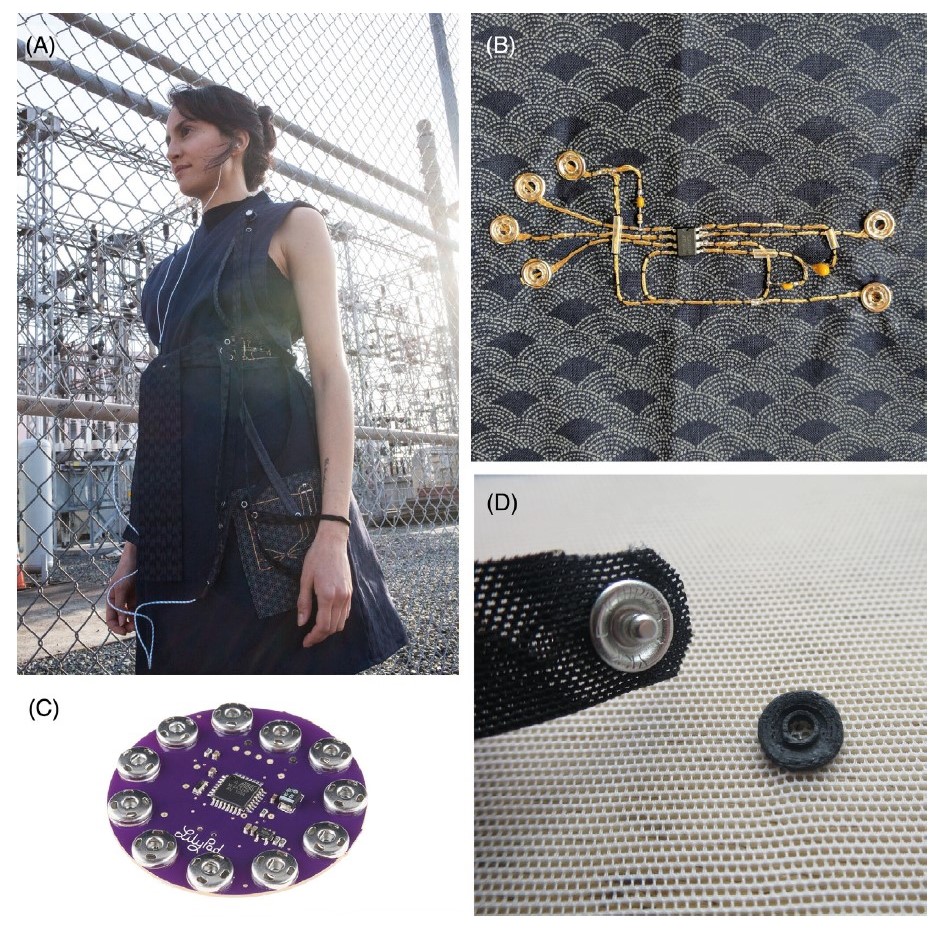
To begin addressing those challenges, the European committee of standardization, within the technical committee working group 31 (WG31), developed the four levels of integration described above. In addition, two technical reports (TRs) have been issued to begin addressing some of the issues around the interconnection of woven electronics and e-textiles:
- ISO/TR 23383:2020 – Textiles and textile products — Smart (Intelligent) textiles— Definitions, categorisation, applications, and standardization needs
- IEC TR 63203-250-1:2021 (MAIN) – Wearable electronic devices and technologies – Part 250-1: Electronic textile – Snap fastener connectors between e-textiles and detachable electronic devices
Conductive snap fasteners are the most commonly used connector in current e-textile designs. IEC TR 63203-250-1:2021 was developed to provide a basis for the development of standards for snap fasteners in Level 1 interconnect systems. Subsequent technical reports are anticipated that will extend this effort into other types of interconnect devices, and into broader issues related to e-textile and woven electronics system integration.
Interconnection limitations and challenges
There are several challenges with establishing a robust and reliable interconnection between electronic devices and woven materials. Woven materials such as textiles can experience stretching, and the conductors in the interconnects must accommodate that movement. Integrating conductive materials into woven materials can result in the generation of static electricity due to the tribo-electric effect. If the built-up charge is released in an uncontrolled manner, it can damage electronic devices. Humidity is another consideration; woven materials can absorb moisture from the humidity in the surrounding atmosphere, and that can cause damage to electronic devices, or change their operating characteristics.
Electromagnetic compatibility solutions related to these applications have yet to be defined. For example, an RF connector may need to be shielded to protect other system elements from electromagnetic interference.
Connector solutions
While it’s still early days for woven electronics and e-textiles, some options have already begun to appear for Level 1 interconnects. The optimization of cable management and meeting the size, weight, and power (SWaP) requirements of applications are key considerations for these initial solutions. Low-profile connectors have been designed to integrate cable assemblies and active devices with a range of woven materials, from canvas to highly flexible fabrics. These connector systems are designed to be sewn into a fabric panel in applications such as vests, tents, blankets, and backpacks. The system’s adapter and retaining ring are designed to enable the quick attachment and interchange of connectors (Figure 2).
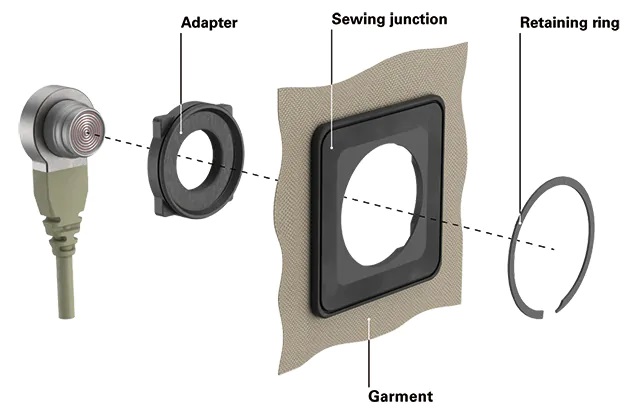
Like the majority of Level 1 connectors, these connectors are only detachable at one side, with the other side attached permanently to a wire, fabric, or other conductive interconnect. These connectors are designed to be repeatedly connected and disconnected without any damage or loss of functionality. In addition, since they are a variation of a conventional electrical connector, they meet a variety of standard connector specifications, including:
- IP68 environmental protection to 2m/24h
- Corrosion resistance in salt mist for up to 1,000 hours
- -40 to +135 °C operation
- Up to 10,000 mating cycles
- Tested to EIA, IEC, MIL-STD-202, and MIL-STD-810 requirements
Another family of connectors for smart clothing was developed to support the needs of sophisticated bio and physiological monitoring applications that benefit from 2 to 12, or more, connector pins. This connector system includes a plug contact on the textile side that is permanently attached and top and bottom insulators, and a receptacle contact that is surface-mounted on the circuit board of the electronics. These connectors use snap-style contacts making attachment and disconnection simple to implement. They are rated for 500 mating cycles (Figure 3).
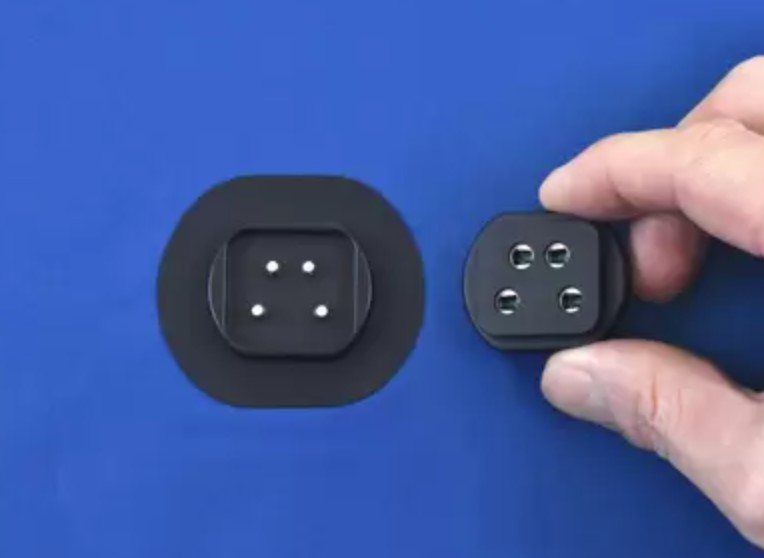
Since the plug connector is designed for integration in the clothing, it meets all of the requirements in the Japanese JIS L 1930 (C4G) standard for machine washing. The contact points are free-floating, allowing the connector to compensate for mechanical misalignment and enabling multiple contacts to be connected at the same time. The use of a press fit assembly process enables the simultaneous connection of all the pins to the fabric at the same time, significantly reducing assembly time and cost.
Smart textiles dev kit
A smart textiles development kit is available to explore the use of sensors implanted in textiles. It uses snap-style connectors that support Level 1 designs (Figure 4). The sensors are completely washable, and the electronics can be easily detached. The board is compatible with Nano V3.0 Atmel Atmega328 microcontrollers. The board includes a temperature sensor, an interface for a display, and a Bluetooth module. Additional sensors can be attached using the snap connectors. The board converts the sensor signals for the controller, enabling designers to focus on programming and application development.

Summary
It’s early days for woven electronics and e-textiles and for the interconnect technologies that will be needed to support these emerging technologies. Four levels of integration and interconnection are associated with these technologies. Currently, standard connectors are only available for Level 1, the most basic level. Standards organizations in Europe have issued the first two technical reports to begin addressing some of the issues around the interconnection of woven electronics and e-textiles. And a dev kit is available that allows designers to explore the use of sensors integrated into smart textiles.
References
A review of Connectors and Joining Technologies for Electronic Textiles, Wiley Engineering Reports
Advances in the Robustness of Wearable Electronic Textiles, MDPI Nanomaterials
ISO/TR 23383:2020, International Electrotechnical Commission
IEC TR 63203-250-1:2021, International Electrotechnical Commission
Review on the Integration of Microelectronics for E-Textile, National library of Medicine
Smart Textiles Kit, Wearic
Trends and Connector Solutions in Wearable Equipment, Japan Aviation Electronics Industry
Wearable connectivity solutions now easier to integrate into flexible structures, Fischer Connectors

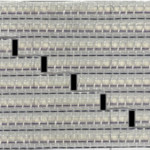
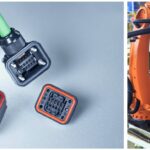

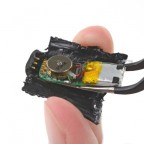
Leave a Reply
You must be logged in to post a comment.